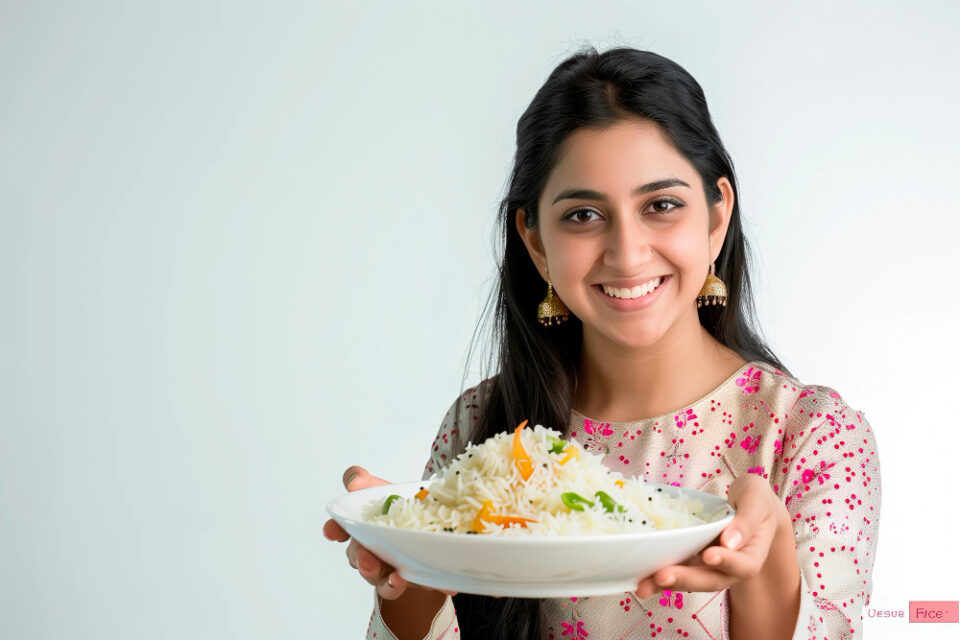“Doctor, I’ve stopped eating non-veg!” she announced like a soldier renouncing arms.
“Why?” I asked, more out of curiosity than concern.
“It’s making me fat!” she declared, her eyes wide with alarm, as though chicken had betrayed her.
Over the years, I’ve heard patients blame many things for their weight gain—rice, thyroid, late marriage, stress, cold weather, junk food, their mothers-in-law—but nothing gets thrown under the bus as much as poor non-veg.
In my 25 years of practice, I’ve come to realise that food guilt is the most universal human emotion, second only to love, perhaps. But this recent vendetta against meat is quite misplaced. Let me explain, with stories, science, and sambar.
Just last month, Mr. Shankar, a 58-year-old with a firm belly and firmer opinions, told me: “I’ve stopped chicken. I only eat idlis now. Still, my weight is increasing!”
Now, let’s pause and think. Idli is steamed. Chicken can be grilled. But how do most Indians eat either? The idli comes drenched in coconut chutney, drowning in oil-laden sambar. And the chicken? Well, first it’s marinated, then deep-fried, and finally drowned in a masala sea of oil and cream, before being escorted to the stomach with heaps of rice or parotta. And when the gravy is leftover, we take one more roti. And when roti is left over, we need more gravy. It’s a never-ending marriage between carbs and curry.
In truth, meat by itself—especially lean meats like chicken, fish, or egg whites—is rich in protein and does not cause weight gain. High-protein diets are recognised for their ability to support weight loss. Studies have shown that protein improves satiety, balances blood sugar, and reduces cravings. But in India, our style of cooking has turned protein into a calorie bomb. Blame not the chicken, blame the oil, the ghee, the double masala, and our emotional commitment to finishing everything on the plate.
I remember one patient, a young techie named Preeti, who came in with PCOD and weight gain. “I love mutton biryani,” she said, eyes twinkling with nostalgia. “But now I’ve quit it.”
“Why not try grilled mutton or tandoori instead?” I offered.
She looked at me like I’d just suggested eating biryani without raita.
“But that’s not real mutton!” she protested.
That’s the other problem. Our palate has been trained to associate “delicious” with “drenched.” Unless there is oil floating on top, we suspect something is amiss. We think dry chicken is considered a diet food, reserved only for gym bros and punishment meals. And don’t even get me started on the butter chicken phenomenon. The butter: chicken ratio is often 3:1.
Now, here’s something Ayurveda has always emphasised: it’s not just what you eat, but how, when, and how much. Meat is not a villain in Ayurvedic texts. It is described as nourishing, strength-promoting, especially in Vata disorders, and even used medicinally in conditions like emaciation and debility. However, it is always advisable to eat meat that is freshly prepared, moderately spiced, and consumed during the day, rather than at night when digestion slows.
But try telling that to Rajeev, a bachelor banker who ordered chicken lollipop at 11:30 p.m. on Swiggy. He came to me complaining of acidity, weight gain, and “feeling heavy.” I asked him what time he eats dinner. “Depending on when the IPL match ends,” he said.
So you see, meat is not the issue. Our habits are. Our timings are. Our need to make every meal a wedding feast is.
There’s a reason Westerners who eat steak, grilled salmon, or roasted chicken don’t automatically balloon. They eat meat with a side of vegetables. No gravy. No three parathas to mop it up. Just a piece of protein, some steamed veggies, maybe a spoonful of rice or potato. Balanced, simple, and satisfying. Their meal looks like an art installation. Ours looks like a festival. Beautiful, yes—but also heavy.
One of my favourite patients, an elderly lady named Janaki, put it best: “Doctor, I think our stomachs are like old pressure cookers. They can take only so much. But we treat them like five-star buffets.”
Here’s my two cents of wisdom. Eat non-veg if you like it. But cook it with respect for your stomach. Grill, steam, roast, or pan-fry. Go easy on the oil—don’t pour it like freebies during election time! Eat earlier in the day. Chew slowly. Eat with mindfulness. And skip the extra rice. Trust me, the chicken will still love you.
Please remember that biryani is not a healthy food, no matter how much turmeric is in it. That logic is like calling beer a barley supplement.
I once had a patient who told me, “But doctor, I make biryani with brown rice.” I smiled. A gym membership doesn’t work if you don’t go. And brown rice doesn’t help if you eat five servings.
Let’s not make food our enemy. Let’s make our habits our allies. You don’t need to quit meat to lose weight. You need to quit marrying it with drama, delay, and deep-fried delusion.
Before you cancel the chicken, take a good look at the gravy, the ghee, and that third helping of biryani—it’s not the bird, it’s the buffet!


2 comments
Thank you so much for the clarity and insight shared in your article. You have explained beautifully that non-vegetarian food is not the issue-what truly matters is how it is prepared and consumed. I really appreciated the way you highlighted this important point.
Your write-up brought that balance into focus and offered a very practical perspective for non-vegetarians.
It’s a well written, thoughtful piece, and I truly appreciate the effort behind it. Thank you once again for such a valuable and high-conscious message!
THANK YOU